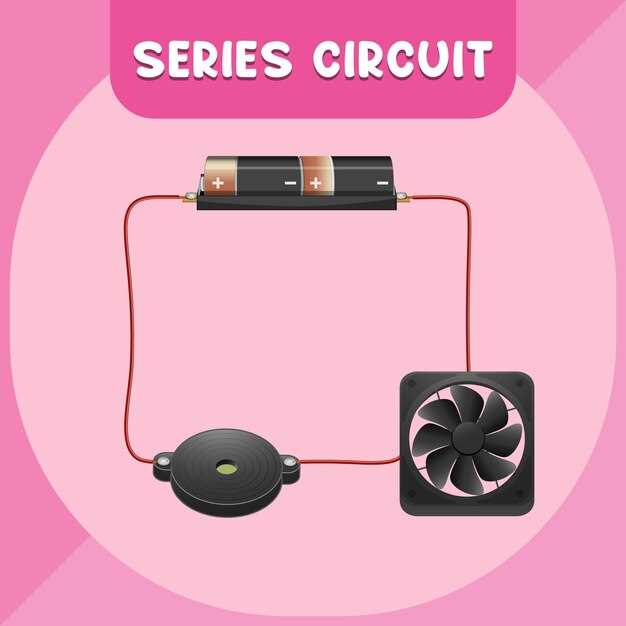
Achieving optimal performance in circuit racing heavily relies on the correct suspension setup. The suspension system plays a pivotal role in how a car handles, transfers weight, and maintains grip on the track. By fine-tuning various suspension parameters, drivers can enhance their vehicle’s responsiveness and stability, ultimately leading to improved lap times.
Understanding the fundamentals of suspension dynamics is crucial for any racer looking to maximize their potential on the circuit. Factors such as spring rates, dampening settings, and camber angles can drastically affect how a car reacts in different driving conditions. Each track presents unique challenges, from tight corners to high-speed straights, making it essential to adapt the suspension setup to complement the circuit’s characteristics.
In the following sections, we will explore practical tips and techniques for adjusting your suspension system. By focusing on specific elements such as ride height, corner weighting, and anti-roll bars, drivers can cultivate a setup that enhances both handling and tire performance. Whether you’re a seasoned racer or a newcomer to the sport, these insights will provide a foundation for achieving greater success on the track.
Understanding Spring Rates for Optimal Handling
Spring rates play a crucial role in determining a vehicle’s handling characteristics on the track. The spring rate indicates how much force is required to compress the spring by a certain distance, typically measured in pounds per inch (lb/in) or Newtons per millimeter (N/mm). A proper understanding of spring rates is essential for tuning suspension systems to achieve optimal performance during circuit racing.
When selecting spring rates, it’s important to consider the vehicle’s weight distribution and intended use. A stiffer spring rate generally improves responsiveness during cornering, reducing body roll. However, excessively stiff springs can lead to decreased traction, particularly on uneven surfaces. Conversely, softer springs provide better comfort and grip but can result in slower response times and increased body movement. Finding the right balance requires careful consideration of the circuit layout and driving style.
Another factor influencing spring rates is the type of tires used. High-performance tires typically require stiffer springs to maximize contact with the track, while softer springs might be necessary for tires with lower grip levels. Additionally, shock absorber settings should be adjusted in conjunction with spring rates to ensure a cohesive suspension system. Proper damping will help manage the spring’s oscillation and maintain optimal tire contact during various track conditions.
It’s also essential to consider the altitude and temperature of the racing environment, as these factors can affect spring performance. For instance, higher temperatures can lead to softer spring behavior, while elevation changes might require adjustments to accommodate changes in weight and balance.
Finally, when tuning spring rates, it’s advisable to conduct thorough testing to assess handling characteristics. Track testing allows for real-time adjustments and gives drivers a better understanding of how the springs influence the car’s behavior. Monitoring factors such as understeer, oversteer, and lap times will assist in refining the suspension setup to achieve the desired handling performance.
Tuning Dampers: Balancing Compression and Rebound

Effective damper tuning is essential for maximizing the performance of a circuit racing car. The primary functions of dampers are to control the rate of compression and rebound of the suspension, which directly influences vehicle handling, stability, and tire contact with the track. Properly balanced compression and rebound settings enable the driver to maintain control over the car, enhancing speed and overall performance.
Compression damping restricts the rate at which the suspension compresses when the tire strikes a bump or during weight transfer in corners. Too much compression damping can lead to a harsh ride, causing the tires to lose contact with the track. Conversely, too little compression damping can result in excessive body roll and instability. It’s crucial to find a middle ground where the suspension responds quickly to irregularities while maintaining enough stiffness to prevent bottoming out. This balance allows for improved traction during cornering and braking.
Rebound damping controls how quickly the suspension returns to its neutral position after being compressed. Proper rebound settings are vital to ensuring that the tires remain in contact with the track surface during transitions. If rebound is too slow, the tires may lift off the ground, leading to a loss of grip. Conversely, overly aggressive rebound settings can cause a bouncy ride, negatively impacting handling and performance. The key is to achieve a rebound rate that allows the suspension to settle quickly while still providing adequate support in various driving conditions.
When tuning dampers, it’s important to consider the interaction between compression and rebound settings. A well-tuned setup will ensure that compression and rebound work harmoniously. Start by adjusting one parameter and evaluating the impact on vehicle behavior. Track testing is critical during this process, as it allows for real-world feedback on how changes affect handling and responsiveness. Adjustments should be made incrementally to find the optimal configuration.
Additionally, factors such as tire selection, track conditions, and driving style play significant roles in dampers’ performance. What works for one setup may not be ideal for another; thus, frequent adjustments and re-evaluation are necessary. Keeping a detailed record of changes will aid in understanding the effects of tuning and help in fine-tuning the setup for specific circuits.
Ultimately, finding the perfect balance of compression and rebound damping requires patience and a methodical approach. By taking the time to understand these settings, drivers can significantly enhance their circuit racing performance, leading to quicker lap times and a more enjoyable driving experience.
Alignments and Geometry: Precise Adjustments for Cornering

The alignment and geometry of your suspension system play a crucial role in how well your vehicle handles corners. Proper adjustments can enhance grip, stability, and overall performance during circuit racing. There are several key parameters to consider when fine-tuning your alignment settings.
Camber refers to the angle of the wheels in relation to the vertical axis of the vehicle. A negative camber (where the top of the tire leans inward) can improve tire contact with the road during cornering, allowing for better grip. However, excessive negative camber may lead to uneven tire wear and reduced straight-line performance. A balanced approach is essential; aim for approximately 1 to 2 degrees of negative camber for optimal cornering stability while ensuring sufficient grip on straight sections.
Toe indicates how the wheels are positioned in relation to each other. A toe-in setting (where the front of the tires points toward each other) can create stability during high-speed turns, while toe-out (where the front of the tires point away) can enhance responsive steering. Adjusting toe settings can significantly influence how the car behaves in corners. Typically, 0 to 1 degree of toe-in is recommended for more stability, whereas slight toe-out might be beneficial for cars that require sharper turn-in response.
caster is another critical adjustment, affecting steering feel and weight transfer. Positive caster (where the steering axis leans backward) improves straight-line stability and cornering capability. Increasing caster can provide better feedback to the driver through the steering wheel, but excessive values might make the steering too heavy. Aim for a caster angle that balances responsiveness and comfort, generally falling within the 4 to 6 degrees range.
The overall wheelbase and weight distribution also impact cornering performance. A shorter wheelbase can result in quicker turn-in but may decrease stability at high speeds, while a longer wheelbase generally enhances stability but reduces agility. Adjusting the car’s weight distribution through suspension settings can help achieve better balance during cornering, ensuring that the front and rear tires are working optimally together.
Finally, it’s essential to regularly check and maintain alignment settings as they can change over time due to track conditions, driving style, and wear on suspension components. Implementing precise adjustments in alignment and geometry will greatly enhance your vehicle’s cornering capabilities, leading to better lap times and improved racing performance. Proper understanding and configuration of these parameters can turn a good setup into a great one on the racetrack.

